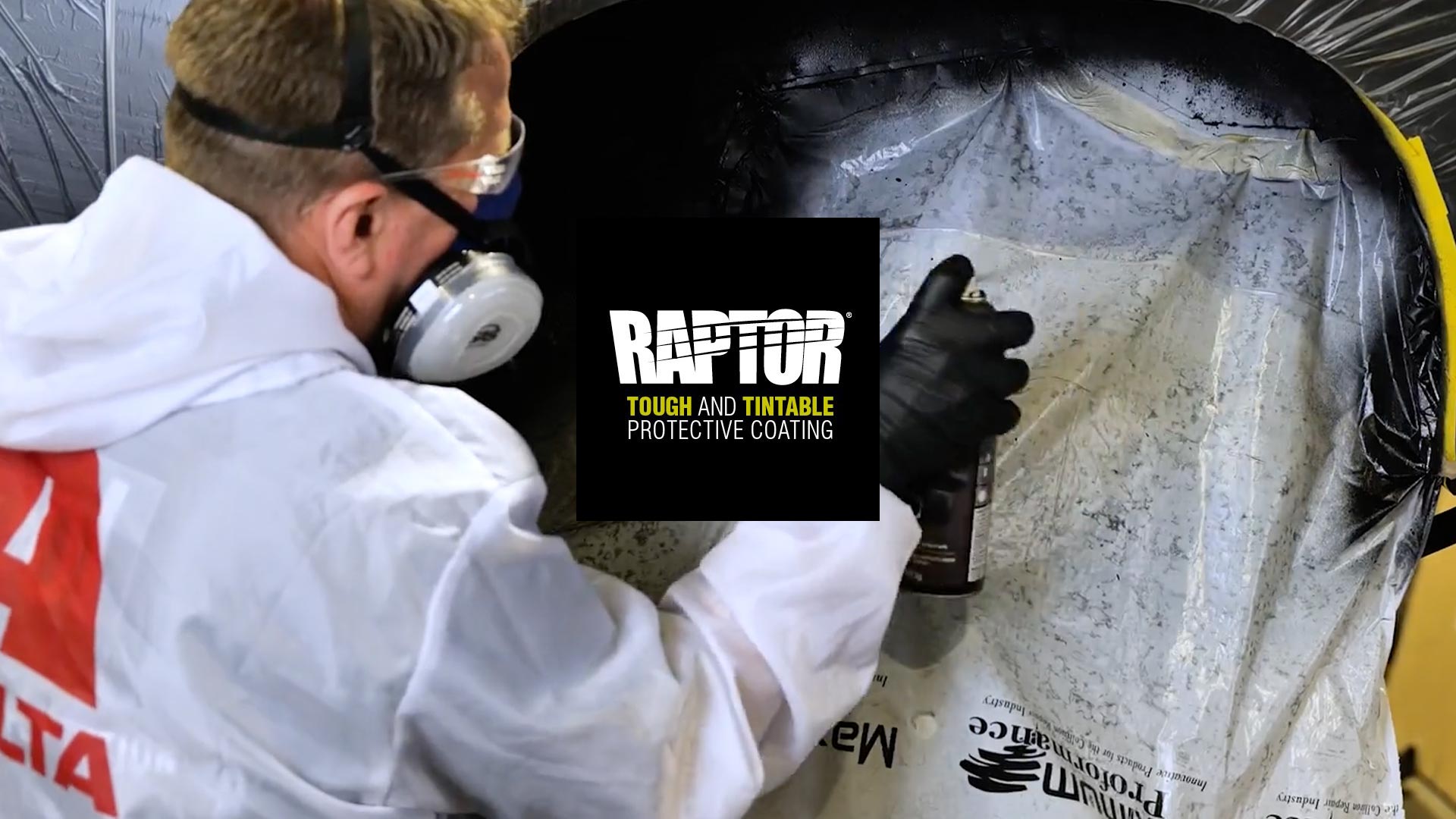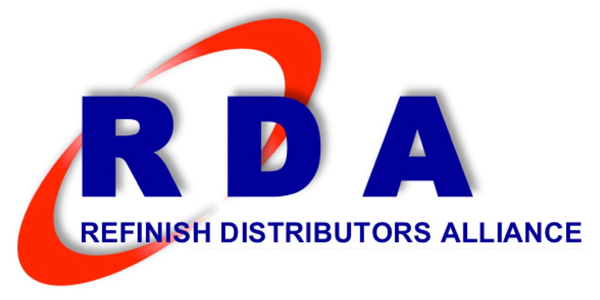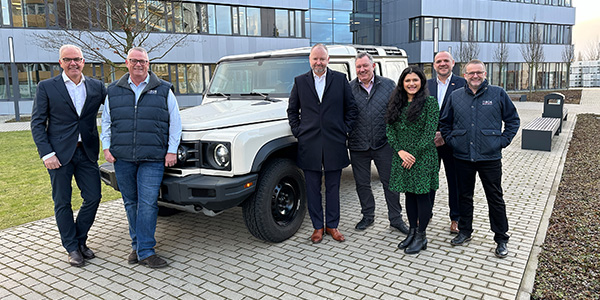What materials are included in the paint and material allowance on insurance estimates?
Question asked by: Debbie Edwards, Nelson Collision, Inc., Fowlerville, Mich.
Generally, the insurer’s “Paint & Material Allowance” (P&M) has been considered to include all materials (liquids [paint] and allied [sandpaper, tape, tack rags, etc.]) that “may be required” to undertake the preparation and application during the refinishing process. This would include everything from the wax and grease remover to properly clean the areas to be repaired at the onset of the repair to the cleaning of the spray gun upon completion of refinishing and everything in between including, but not limited to, paint, solvents, strainers, sandpaper, masking tape, masking paper, razor blades, lift-tape, jamb/aperture tape, prep-solvent, tack rags, etc.
Of course, the antiquated and far too often inequitable methodology often employed in calculating P&M remains under much contention. To apply a simple “one-fits-all” material dollar rate (multiplier) calculated by multiplying the number of refinish labor hours fails to take into consideration the actual type, level of quality and quantity of the finishes employed.
Note: There is a lot of information that goes into answering your question, but for the sake of being brief, I’ll skim over the many technical aspects of automotive finishes and materials.
For example, high-solid paints contain at least 65 percent solid components (binders, pigments and additives). Because of their high-solid/low-solvent content, high-solid paints cost considerably more than those that contain lower solid content and higher quantities of solvent. While high-solid finishes cover better with fewer coats, because low-solid finishes have less pigment and contain a greater volume of solvents, they often require additional applications (coats) to cover properly, which requires more time and effort. Often, with the application of low-solid finishes, a base sealer or colored groundcoat is recommended prior to application of the finish to make coverage easier.
While certain colors (red, yellow, etc.) require more pigment, quality also plays a significant role in material costs. High-quality paints generally contain a higher solid content than the less costly product lines. The higher quality, higher solid finishes also offer better duration warranties which are often “lifetime,” while the other low-cost materials do not.
Like most everything else, quality is at issue in all paint-related materials, including masking tapes and masking papers, etc. And, of course, the higher the quality, the higher the cost. Of course, with higher cost, there may be increases in efficiency and cycle times and other considerations such as the quality of the finished product, warranties, fewer issues and failures, and less labor and materials.
As such, the old “material rate X refinishing hours multiplier” fails to take into consideration the quality and cost of the actual materials employed. Just as insurers often apply a one-fits-all labor rate (regardless of training, certifications, facilities and level of service and quality), they also offer the same refinishing material rate regardless of the quality and warranties of the products used.
I encourage our repairer coaching/consulting clients to utilize a material rate calculator program (note that I didn’t use the term “paint” or “refinish” material calculator). All materials (refinish and body) should be considered as a profit center and be charged as such. There are several companies (such as ComputerLogic’s PMCLogic) that offer material rate calculators that take into consideration the actual materials (refinish and body) used. Such material calculator programs take into account the actual manufacturer and quality level of paint and materials used by the repairer along with the list pricing (including your desired gross profit margin) for all associated materials used in the repair and refinishing processes. In my opinion, repairers should be attaining no less than 40 percent gross profit margin on materials, and many well-managed shops are enjoying considerably more.
If a material rate calculator is not used, one should include a “body material” allowance in their billing where and when applicable, which would be in addition to their paint and material calculations. Body repair materials is another issue entirely.













